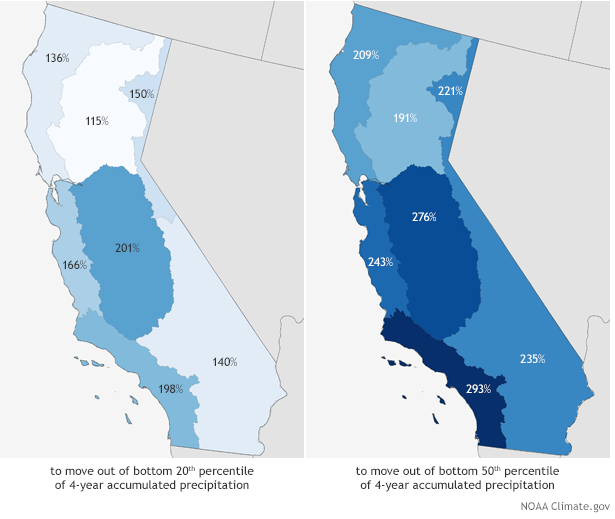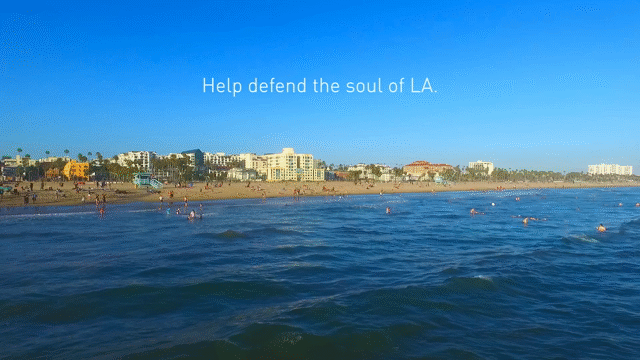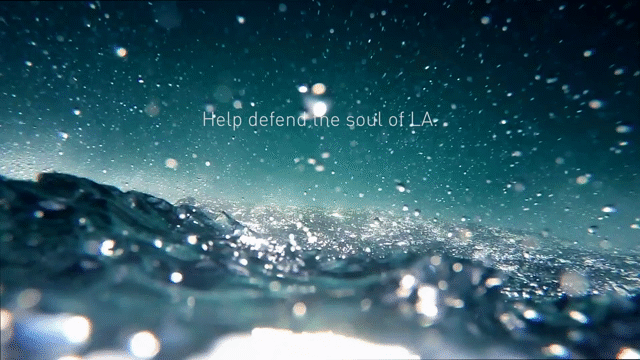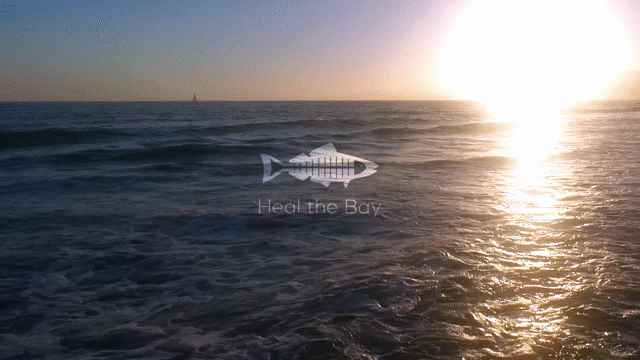Yes, we needed last night’s sporadic but intense rainfall. But it left a lot of waste – both literally and figuratively — says Matthew King, Heal the Bay’s communications director.
Sept. 15, 2015 — Welcome to Bay Street, where the trash meets the surf!
After last night’s deluge, I took a reconnaissance trip this morning to Santa Monica’s Pico Kenter storm drain, which drains directly into my regular surf spot. As the pictures below attest, there was no shortage of plastic bags, water bottles, fast food packaging, balloons and bits of Styrofoam to be found after the storm. Even if you don’t surf here, it’s a disturbing sight. (Check out the videos at bottom of this post for real-time views.)
During the so-called “First Flush,” trash and toxins that have been accumulating for months on sidewalks, roadways and riverbeds wash into L.A. County’s extensive stormdrain system. After a big storm like last night’s, more than 10 billion gallons of polluted water enters the Bay.
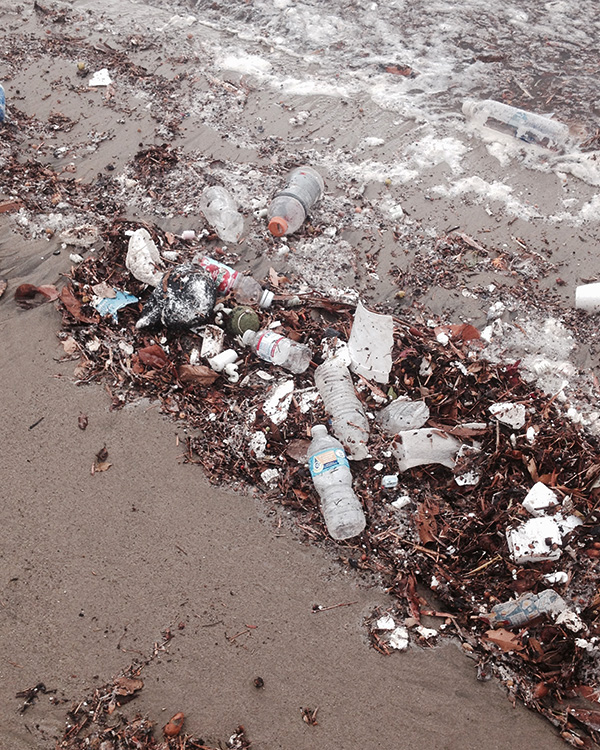 |
 |
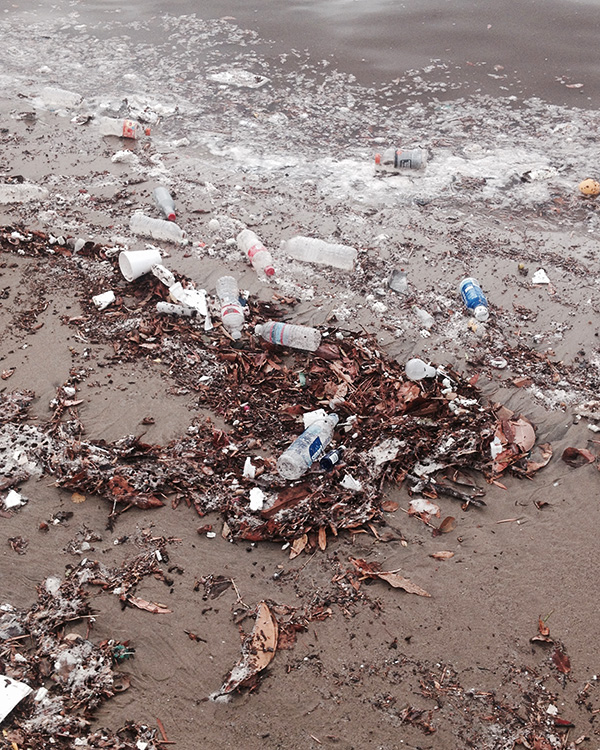 |
As you read this, more than 70 major outfalls in L.A. County are spewing debris, animal waste, pesticides, automotive fluids and human-gastrointestinal viruses into the sand and sea. Major yuck! This pollution poses human health risks, harms marine life and hurts our $20 billion coastal economy.
Exposure to this runoff can also make you really sick, most frequently with stomach flu. For that reason, Heal the Bay urges people to avoid water contact at Los Angeles County beaches for 72 hours following rainfall. Recent studies suggest five days would be more appropriate at storm drains like Pico Kenter.
With more tropical heat forecast throughout the week, we’re concerned that beachgoers will jump back into the ocean sooner than advisable. They may be looking to catch a few waves, but could catch a nasty bug instead. So please stay out of the water the next few days!
There’s another equally disturbing aspect to the runoff – it’s a huge waste of water!
Los Angeles imports costly and increasingly scarce water from Northern California and the Colorado River. We now import more than 80% of our water, using enormous amounts of energy to do so.
Stormwater — if held, filtered and cleansed naturally in groundwater basins — could provide a safe, more secure and less costly source of drinking water. That 10 billion gallons of water from an average single storm in L.A. could fill nearly 120 Rose Bowls. That would provide enough water for a city the size of Santa Monica for more than three months.
Our policy team is advocating for multi-benefit infrastructure projects that capture water onsite for reuse or recharging groundwater. Our staff scientists are working with state and local governments to find creative ways to fund stormwater programs. We hope to get funding in place before 2020. Philadelphia and Portland have done it, and so can we!
Meanwhile, there are steps you can take in your own home to take pressure off an already taxed stormdrain system. Among them:
- Keep trash out of gutters and stormdrains
- Dispose of animal waste and automotive fluids properly
- Limit runoff by curtailing such wasteful practices as hosing driveways and overwatering landscapes. (It’s already illegal to do so in many cities.)
Finally, if scenes pictured above bother you, we’ve got a couple ways that you can help out.
- Volunteer for this weekend’s Coastal Cleanup Day, our biggest volunteer event of the year. More than 10,000 ocean lovers will gather at 50 beach and inland sites to remove debris and learn about what they can do year-round to protect our shorelines.
- Become a Heal the Bay member or make a one-time donation to support our science and policy team’s work to curb plastic waste and hold polluters accountable.
- Join our elite Storm Response Team, a group of committed trash-busters who swarm our most troubled beaches on 24 hours’ notice.



 Staff scientist Dana Murray, center, helped install new signs in Malibu.
Staff scientist Dana Murray, center, helped install new signs in Malibu.
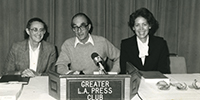 Meeting in her Westwood living room in spring 1985, housewife Dorothy Green and schoolteacher Howard Bennett mobilize a small squad of grassroots activists to conquer ongoing pollution in Santa Monica Bay. Brilliantly taking its mission as its name, Heal the Bay is officially born later that year.
Meeting in her Westwood living room in spring 1985, housewife Dorothy Green and schoolteacher Howard Bennett mobilize a small squad of grassroots activists to conquer ongoing pollution in Santa Monica Bay. Brilliantly taking its mission as its name, Heal the Bay is officially born later that year. Thanks to intense lobbying from Heal the Bay and a federal consent decree, Hyperion Treatment Plant agrees in October 1986 to stop dumping partially treated sewage into Santa Monica Bay. Sewage pollution levels in the Bay have since decreased by more than 90%.
Thanks to intense lobbying from Heal the Bay and a federal consent decree, Hyperion Treatment Plant agrees in October 1986 to stop dumping partially treated sewage into Santa Monica Bay. Sewage pollution levels in the Bay have since decreased by more than 90%.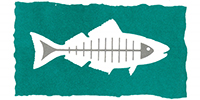 Volunteers Gabrielle Mayeur and Sherry Johannes unwittingly create one of L.A.’s great brands in October 1987. Their evocative and provocative fishbone logo creates instant recognition for the fledgling organization. Whether it’s slapped on a skateboard or a Prius, the fish remains a powerful marker for L.A.’s tribe of ocean lovers.
Volunteers Gabrielle Mayeur and Sherry Johannes unwittingly create one of L.A.’s great brands in October 1987. Their evocative and provocative fishbone logo creates instant recognition for the fledgling organization. Whether it’s slapped on a skateboard or a Prius, the fish remains a powerful marker for L.A.’s tribe of ocean lovers.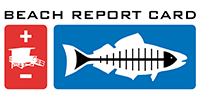 Aiming to protect the health of millions of ocean users, Heal the Bay publishes its first Beach Report Card in 1992, giving A-to-F grades to local beaches based on levels of bacterial pollution. Developed by outspoken executive director Mark Gold, the grading program shines a bright light and eventually helps secure $200 million in state funds to clean up chronically polluted beaches.
Aiming to protect the health of millions of ocean users, Heal the Bay publishes its first Beach Report Card in 1992, giving A-to-F grades to local beaches based on levels of bacterial pollution. Developed by outspoken executive director Mark Gold, the grading program shines a bright light and eventually helps secure $200 million in state funds to clean up chronically polluted beaches.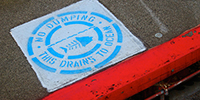 The first storm drains stenciled for our Gutter Patrol Program in October 1992 reminded would-be litterers that “This Drains to the Ocean.” Volunteers paint more than 60,000 catch basins with our message and logo over two years, connecting residents throughout L.A. County to their watersheds and our work.
The first storm drains stenciled for our Gutter Patrol Program in October 1992 reminded would-be litterers that “This Drains to the Ocean.” Volunteers paint more than 60,000 catch basins with our message and logo over two years, connecting residents throughout L.A. County to their watersheds and our work. Arguing that impaired water bodies in Los Angeles and Ventura counties are not being adequately remediated, Heal the Bay files an intent to sue the EPA in December 1997. A settlement compels the EPA to create 92 “Total Maximum Daily Load” limits over 13 years. With these measurable benchmarks in hand, Heal the Bay can now pressure dischargers to reduce pollution levels or meet stiff fines. The new TMDL model is copied nationwide.
Arguing that impaired water bodies in Los Angeles and Ventura counties are not being adequately remediated, Heal the Bay files an intent to sue the EPA in December 1997. A settlement compels the EPA to create 92 “Total Maximum Daily Load” limits over 13 years. With these measurable benchmarks in hand, Heal the Bay can now pressure dischargers to reduce pollution levels or meet stiff fines. The new TMDL model is copied nationwide.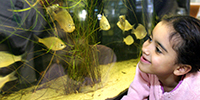 Heal the Bay gets into the aquarium business by acquiring UCLA’s Ocean Discovery Center in March 2003 for the princely sum of $1. The rechristened Santa Monica Pier Aquarium becomes a beachhead for our youth education programs. We’ve since inspired more than 1 million guests to become better stewards of our local ocean and watersheds.
Heal the Bay gets into the aquarium business by acquiring UCLA’s Ocean Discovery Center in March 2003 for the princely sum of $1. The rechristened Santa Monica Pier Aquarium becomes a beachhead for our youth education programs. We’ve since inspired more than 1 million guests to become better stewards of our local ocean and watersheds.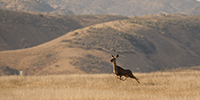 After years of pressure from Heal the Bay, Washington Mutual agrees in November 2003 to sell Ahmanson Ranch at the headwaters of the Malibu Creek watershed to the State of California. The coalition of environmental advocates, scientists and celebrities successfully preserves 2,300 acres of open parkland and 20 miles of streams, thereby reducing pollution and protecting several threatened species.
After years of pressure from Heal the Bay, Washington Mutual agrees in November 2003 to sell Ahmanson Ranch at the headwaters of the Malibu Creek watershed to the State of California. The coalition of environmental advocates, scientists and celebrities successfully preserves 2,300 acres of open parkland and 20 miles of streams, thereby reducing pollution and protecting several threatened species.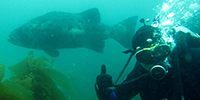 Ensuring a vibrant local ocean for generations to come, Heal the Bay’s policy staff leads an often contentious process with the state and anglers to create 52 Marine Protected Areas along the Southern California coast in January 2012. Our most biologically rich underwater habitats get a reprieve from human pressures, allowing depleted stocks in such areas as Malibu and Palos Verdes to recover and thrive.
Ensuring a vibrant local ocean for generations to come, Heal the Bay’s policy staff leads an often contentious process with the state and anglers to create 52 Marine Protected Areas along the Southern California coast in January 2012. Our most biologically rich underwater habitats get a reprieve from human pressures, allowing depleted stocks in such areas as Malibu and Palos Verdes to recover and thrive.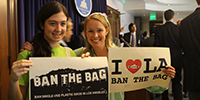 Heal the Bay’s programs and policy staff spearhead a plastic bag ban in Los Angeles, which in January 2014 becomes the largest city in the nation to take on Big Plastic. The unanimous City Council vote triggers a nationwide debate about sustainability and catalyzes other bans throughout the country.
Heal the Bay’s programs and policy staff spearhead a plastic bag ban in Los Angeles, which in January 2014 becomes the largest city in the nation to take on Big Plastic. The unanimous City Council vote triggers a nationwide debate about sustainability and catalyzes other bans throughout the country.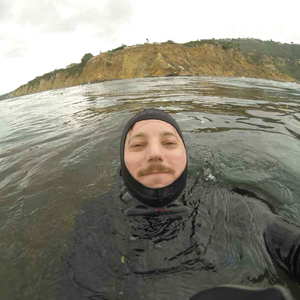
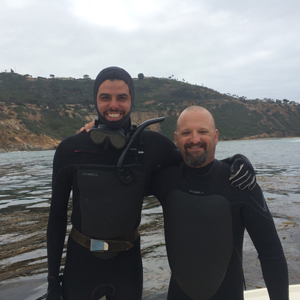
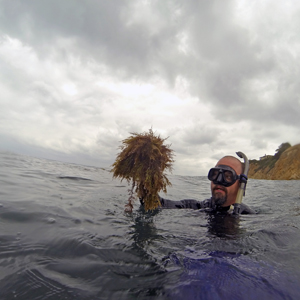

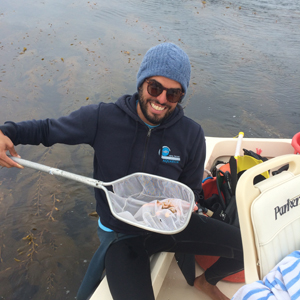
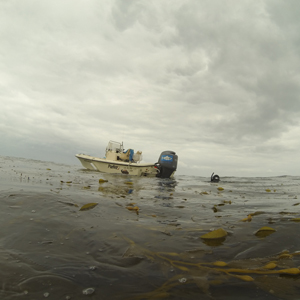
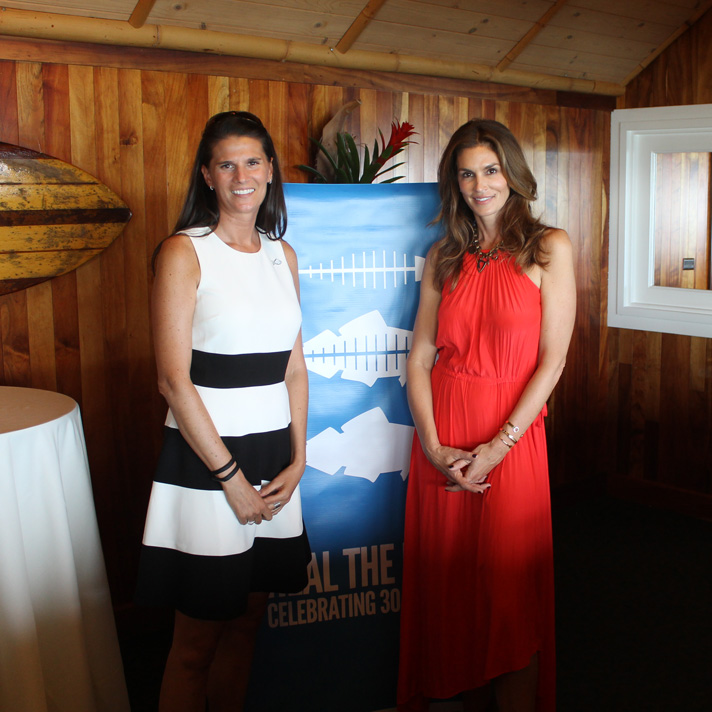 It’s not every night we get to schmooze with a supermodel. And when the schmoozing takes place overlooking the ocean, well, what could be more perfect? Thanks to our friends at
It’s not every night we get to schmooze with a supermodel. And when the schmoozing takes place overlooking the ocean, well, what could be more perfect? Thanks to our friends at 